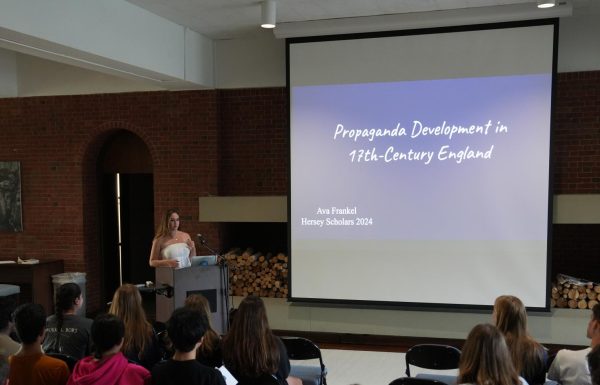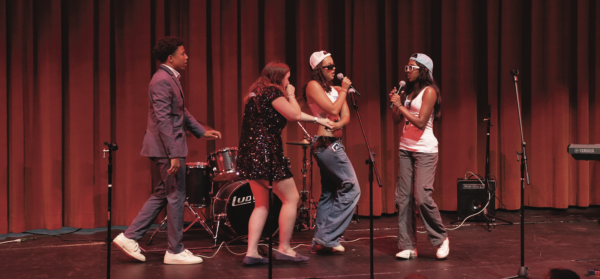Hurricane Dorian Devastates Communities
Hurricane Dorian, the strongest recorded hurricane to make landfall in the southeast United States and the Bahamas, wreaked havoc on thousands during the first week of September. With winds reaching 220 mph, Hurricane Dorian caused billions of dollars worth of damage to homes, public infrastructure, and businesses.
On August 24, 2019, tropical storm Dorian formed over the Atlantic Ocean, about 800 miles east of Barbados. Mountains in the Dominican Republic or Puerto Rico were expected to break up and weaken the storm system before it reached the United States or the Bahamas. However, the storm detoured north around the islands, developing into a category-one hurricane headed towards the Virgin Islands on August 28. Over the course of the next three days, the storm developed into a category-five hurricane headed to south Florida and the eastern Bahamas, sending those regions into a state of panic.
Dorian’s landfall in the Bahamas on September 1 took an unprecedented toll. Even though the Bahamas is generally well-prepared for tropical storms, Dorian destroyed nearly 300 homes and killed over 50 people, and over 1,300 people are still missing.
The anticipated areas of impact did their best to prepare. On August 29, three days before the storm’s expected landfall, Florida Governor Ron DeSantis declared a state of emergency. As people hastily prepared their homes by adding shutters and buying necessities, grocery store shelves became bare and gas stations ran out of fuel.
Savi Roberts ’19, an alum from the Bahamas, said, “A lot of people don’t understand that the Bahamas is [made up of] over 700 islands and cays. While Nassau, the capital city and my home, wasn’t impacted severely, my family across the archipelago was. Our aunt and uncle lost their home and the school they run.”
Hurricane Dorian left some students in this community wondering what was in store for their own homes. Caroline McCann ’21 from Palm Beach, Florida, discussed how Hurricane Dorian affected her, explaining, “I wasn’t home for the storm, but, having lived in south Florida for my whole life, I remember how scary hurricanes can be. I’m really grateful that the hurricane didn’t end up affecting the area [where] my family and I live. I know that it was devastating to those in the Bahamas and am so glad that we weren’t hit that hard.”
During the storm, many students found it difficult to be away from home. Charlotte Urquhart ’21, a student from Saint Simons Island, Georgia, said, “I would have liked being with my friends during that difficult period. I was very worried for them, but when I learned that all the necessary safety precautions were taken, I [became more comfortable].”
Recovering from the storm will take a long time. Roberts said, “Hurricane Dorian etched a hole in the lives of many Bahamians. Some of my family and family friends’ lives have shifted forever.”
The areas most affected by Dorian’s impact are in the Bahamas, especially eastern areas of the nation such as Abaco Island. A lack of necessities, such as bottled water, continues to remain an issue in these areas.
Bahamians have risen up to raise money for disaster relief. Roberts and her brothers started a campaign called “Rise Up” to raise money for medical supplies and food for those affected by the storm. Roberts said, “Bahamians give every day. It is a part of who we are – our culture.”
Donations are now being collected by the Bahamas Disaster Relief Fund to help those who were affected recover from Dorian’s impact.













